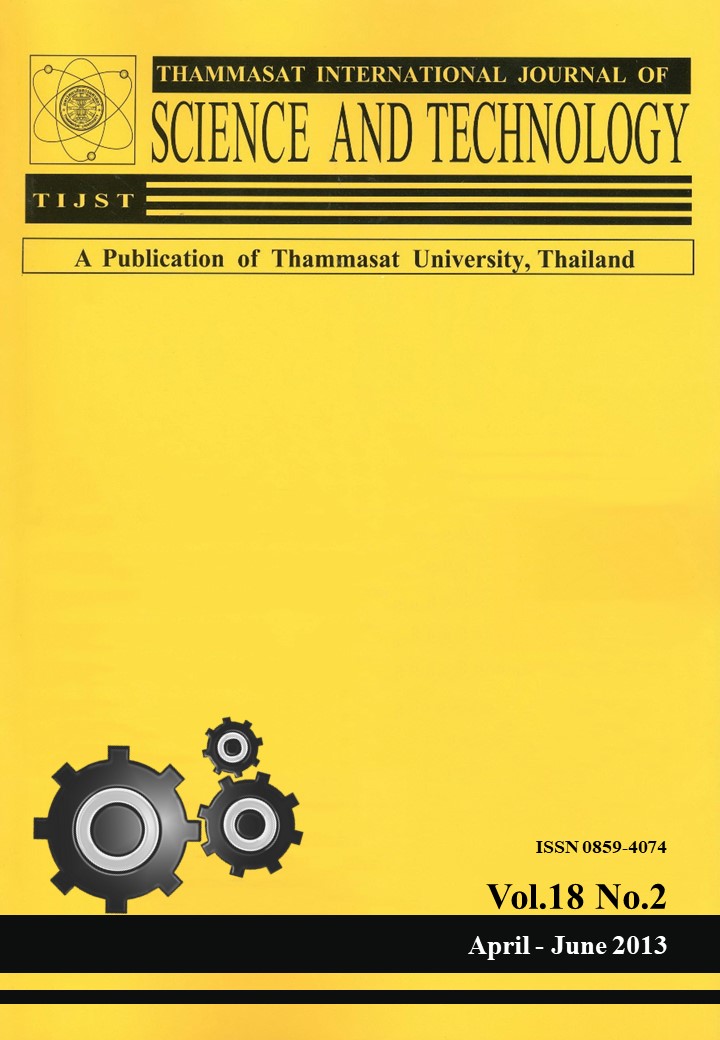Principal Component Regression Model of Extreme Daily Rainfall for Climate-Related Impact Studies
Main Article Content
Abstract
This paper proposes a statistical downscaling model to directly describe the
linkage between large-scale climate variables and annual maximum daily
rainfalls (AMDR) at a local site. The proposed downscaling model is based on
principal component analysis (PCA) of global climate variables using
singular value decomposition (SVD). The SVD technique is robust and
efficient for calculating the standardized principal components (SPC) of
the climate variables. The model has been tested with two popular general
circulation models, GCMs, (HadCM3 and CGCM3) and available 41-year
(1961 - 2001) AMDR data at 6 sites in the Chi and Mul River Basins
(Thailand). The PCA of all possible climate predictors has shown that surface
divergence is the most important one for HadCM3 while the airflow movement,
humidity, and pressure variables of CGCM3 are equally significant. Further,
the tested results have indicated that the proposed method can links the
simulated climate predictors given by the GCMs with the local AMDR
indices because it adequately reproduces the observed frequencies of the
AMDRs in calibration and validation periods. In addition, the scenarios
(HadCM3A2, HadCM3B2, and CGCM3A2) of the 50-yr AMDRs have
demonstrated that the largest values of AMDRs of most stations are
approximately unchanged.
Principal Component Regression Model of
Extreme Daily Rainfall for Climate-Related
Impact Studies
Keywords: Climate variation and change, statistical downscaling,
principal component analysis (PCA), singular value
decomposition (SVD)


